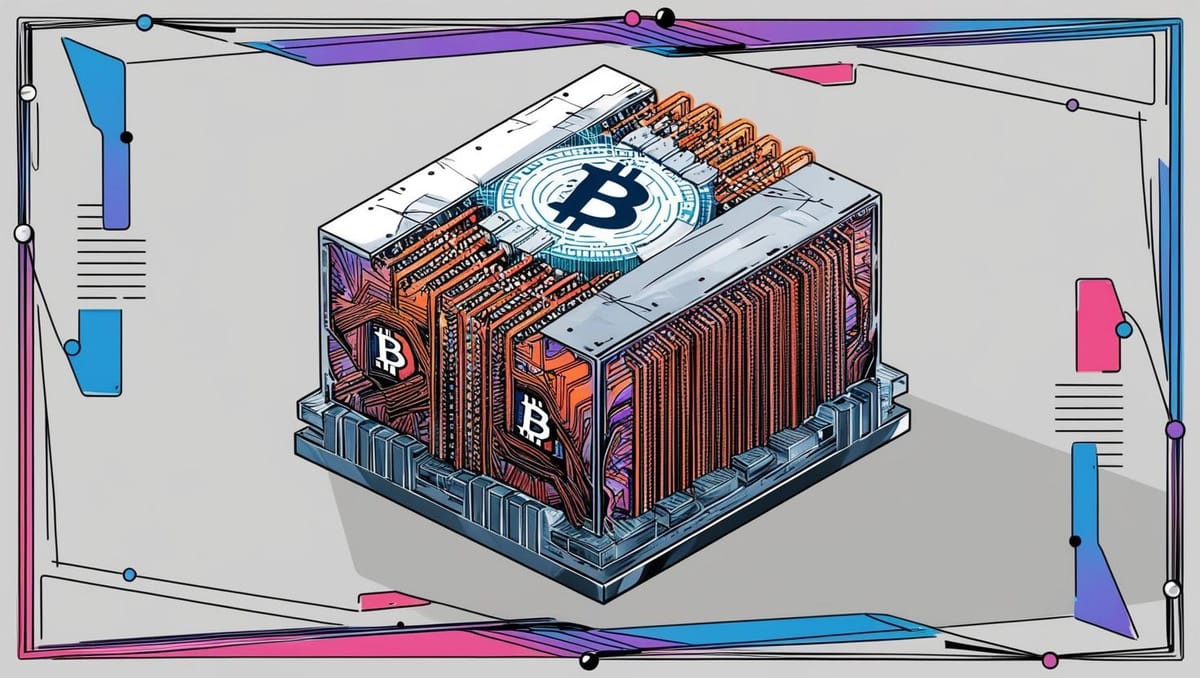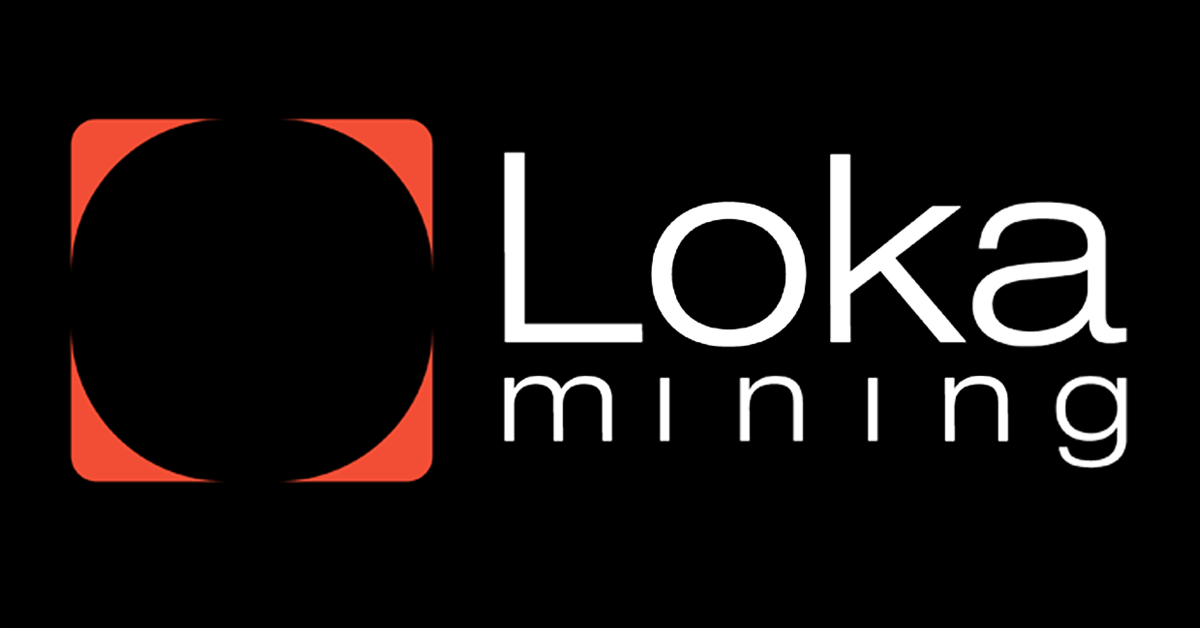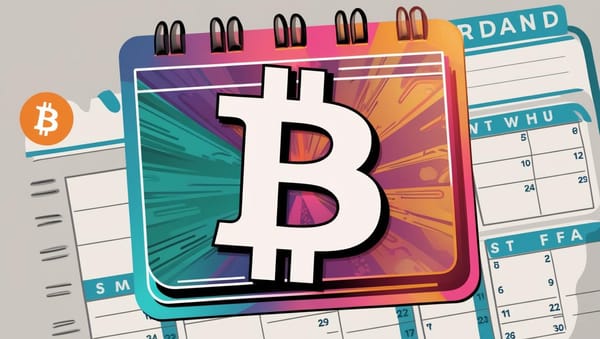Main Components of a Bitcoin Block: The Unshakable Foundation of Blockchain

In the world of cryptocurrency, Bitcoin is a pioneer that has revolutionized the financial system with blockchain technology. One of the most crucial elements in blockchain is the block. A block is a data structure that stores transactions and ensures the integrity of the Bitcoin network. But what are the main components of a Bitcoin block? Let's dive deeper!
1. Block Header: The Unique Identity of Each Block
The block header is a key part that contains important metadata and determines the validity of a block in the network. The components of the block header include:
a. Block Version
The block version indicates the rules or protocol used by miners when creating a block. This version allows the network to identify whether a block follows the latest rules or not.
b. Previous Block Hash
Each block has a reference to the previous block through a unique hash. This creates an immutable chain, forming a blockchain that is secure and transparent.
c. Merkle Root
The Merkle root is the hash result of all transactions in the block using a Merkle Tree structure. If there is any change in a transaction, the Merkle root will also change, ensuring data security within the block.
d. Timestamp
The timestamp indicates when the block was created in Unix Timestamp format (the number of seconds since January 1, 1970, UTC). This helps record the block creation time and assists in difficulty adjustments for mining.
e. Target Difficulty
The target difficulty determines how hard miners must work to find a valid hash. Every 2016 blocks (~every two weeks), the target difficulty is updated to ensure the average block creation time remains around 10 minutes.
f. Nonce
The nonce is a number that continuously changes in the Proof of Work (PoW) process. Miners will try various nonce values until they find a combination that produces a hash that meets the requirements. If unsuccessful, they change the nonce and try again until they succeed.
2. Transaction List: The Heart of a Bitcoin Block
A block not only contains a header but also a list of confirmed transactions. Here are the two main types of transactions in a block:
a. Coinbase Transaction
The coinbase transaction is the first transaction in every block used to reward miners. This transaction does not have an input from a previous transaction and is the source of newly created Bitcoin. Currently, the mining reward is 3,125 BTC, but it undergoes halving every four years.
b. Other Transactions
Besides the coinbase transaction, the block contains various Bitcoin transactions confirmed by the network. Each transaction consists of inputs (Bitcoin received) and outputs (Bitcoin sent to the destination address). Miners also receive transaction fees from each transaction included in the block.
Block Size and Structure
A Bitcoin block has a maximum size of 4 MB (with SegWit), which limits the number of transactions in a single block. On average, one block can contain 2,000 - 3,000 transactions. Below is a summary of the structure and data size within a block:
| Component | Size (Bytes) | Description |
|---|---|---|
| Block Header | 80 Bytes | Block metadata |
| Block Version | 4 Bytes | Indicates block format |
| Previous Block Hash | 32 Bytes | Links the block to the blockchain |
| Merkle Root | 32 Bytes | Hash of all transactions in the block |
| Timestamp | 4 Bytes | Block creation time |
| Target Difficulty | 4 Bytes | Mining difficulty level |
| Nonce | 4 Bytes | Number used to find a valid block hash |
| Transaction List | Varies | Contains confirmed transactions |
Conclusion
A Bitcoin block consists of two main parts: the Block Header, which stores essential metadata for validation, and the Transaction List, which records Bitcoin transfers within the network. The mining process aims to find a nonce that meets the target difficulty so that the block can be added to the blockchain.
By understanding the structure of a Bitcoin block, we become more aware that blockchain is not just a technology but also a highly secure and tamper-proof system. This is what makes Bitcoin remain the most reliable digital asset in the crypto world! 🚀
This article presented by Loka Mining.
Loka is revolutionizing the Bitcoin mining ecosystem by directly connecting investors with Bitcoin miners through a decentralized mining pool and an upcoming permissionless forward hashrate marketplace protocol.
Loka enables investors to get Bitcoin at lower than market price without centralized & counter-party risks, and Bitcoin miners to access capital efficient financing and hedge their risk exposure by selling their future mining rewards.
Find out more about loka in https://lokamining.com — or access our mining pool aggregator on https://pool.lokamining.com





